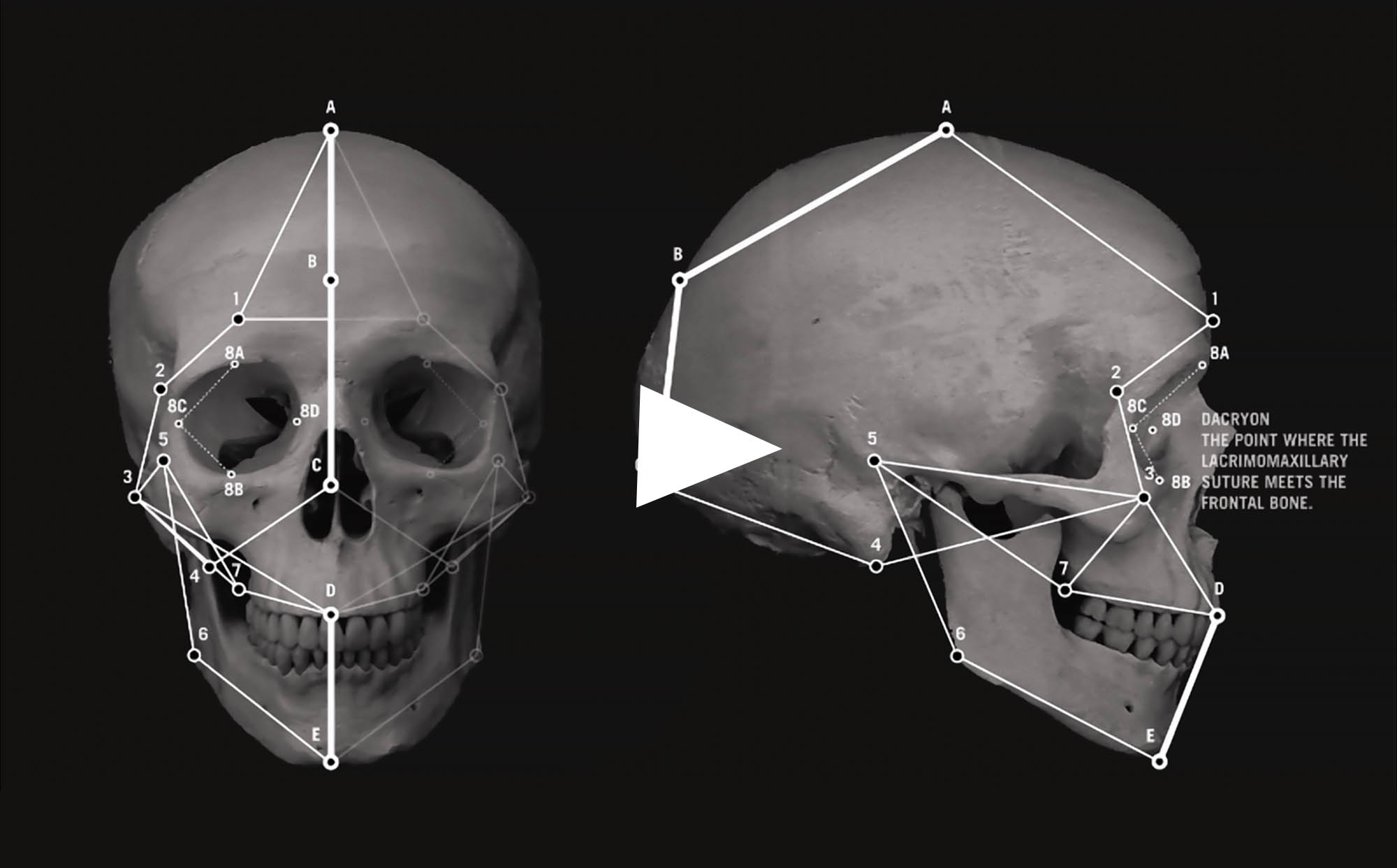
HOW COOKING MADE US HUMAN
‘Man-the Hunter’ is a popular hypothesis to explain human evolution. Primatologist and evolutionary anthropologist Richard Wrangham offers a counter narrative to a weapon-wielding patriarchy: Cooking food around a fire set in motion the evolutionary cascade that made us human. The reciprocal relationship between jaw and brain size is illustrated in this animation. Freed from generating sufficient force to pulverize raw food, the jaw shrinks, the face flattens frontally, facial expression and speech emerge, and complex social relationships develop.
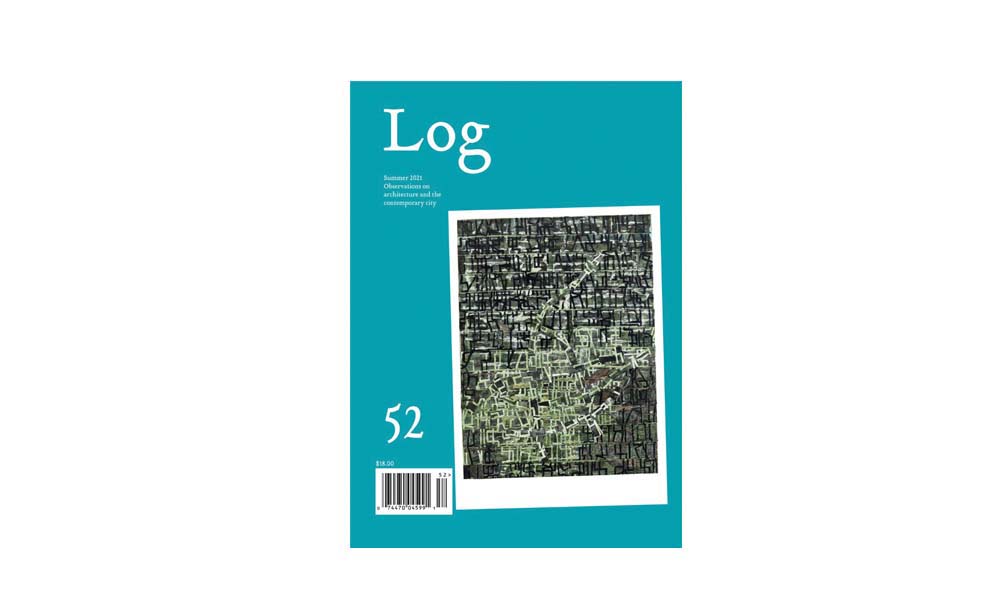
‘NAVIGATING A NERVOUS ECOLOGY’
Urban design borrowed the idea of the cognitive map from neuroscience in the 1960s and got it wrong. Today, as A.I. and other cognitive, biology-based technologies infiltrate life and reshape architectural thought and production, the expanding view of cognitive maps now emerging in neuroscience could provide insight to designers negotiating the sociopolitical, ecological, cultural, economic, and technological into melded assemblies of matter and data where artificial, human, and more-than-human intelligence commingle. Read article here.
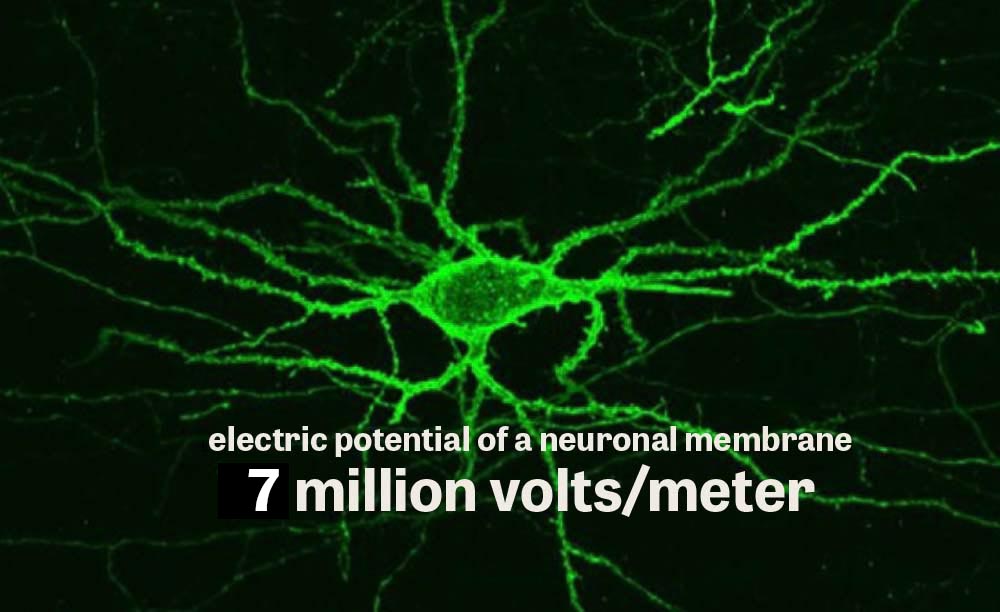
NERVOUS SYSTEMS INITIATIVE
The climate crisis compels us to imagine other forms of human existence. The converging ecological, technological, and societal upheaval we confront, however, is immune to conventional thinking. The Nervous System Initiative releases siloed imaginations to tell a different story in a transdisciplinary platform for collaboration between architecture and neuroscience – among designers, researchers and theorists.
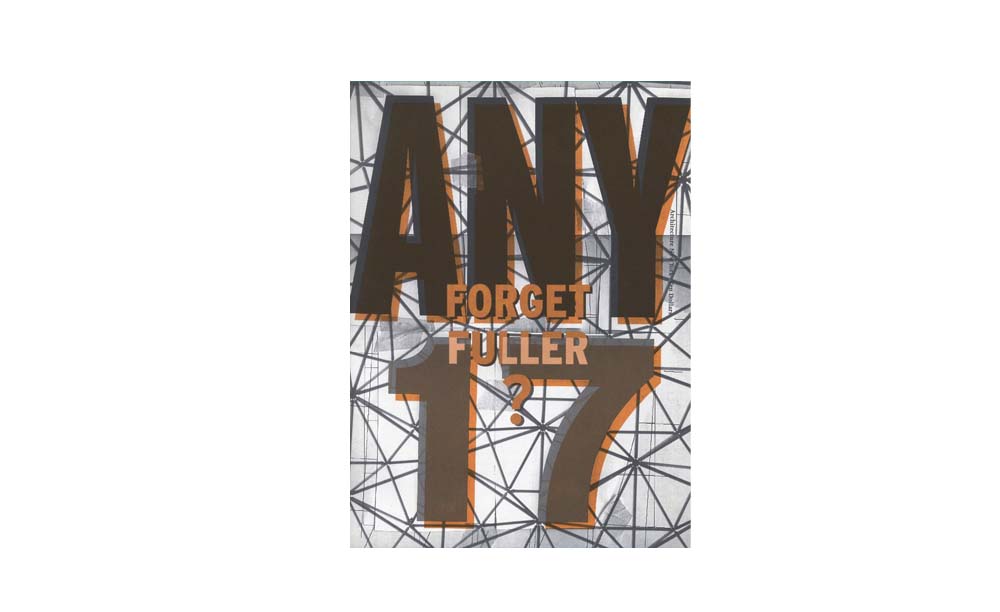
‘GEOMETRY AS A NERVOUS SYSTEM’
What is a stimulus? A stimulus is a physical record of an adaptation, specifically that of a sensitive system registering the difference between one momentary impression or attack upon it and another that just precedes it. Can the stimulus-world in which our behavior takes shape be seen to have a historical dimension? Perhaps so. The rapid crowding and kaleidoscoping of images and experiences that characterized the early-20th-century metropolis were both a physical and psychoneurological condition. Read article here.
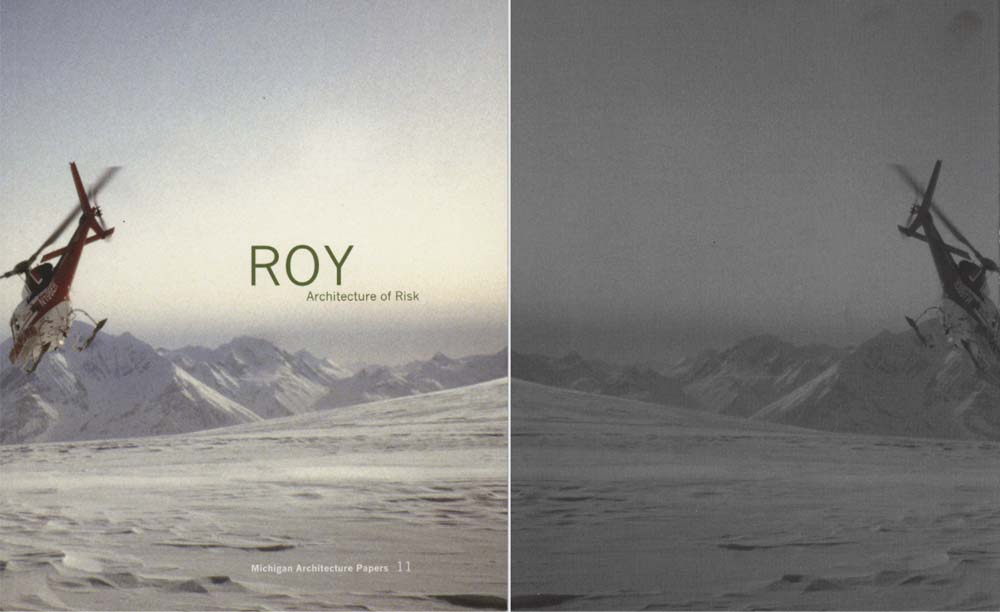
ARCHITECTURE OF RISK
Risk the Experience: Three projects engage extreme ecological risk: A zone of institutionalized non-liability, a territory that crosses geopolitical boundaries, and a pristine glacial environment. See book here.